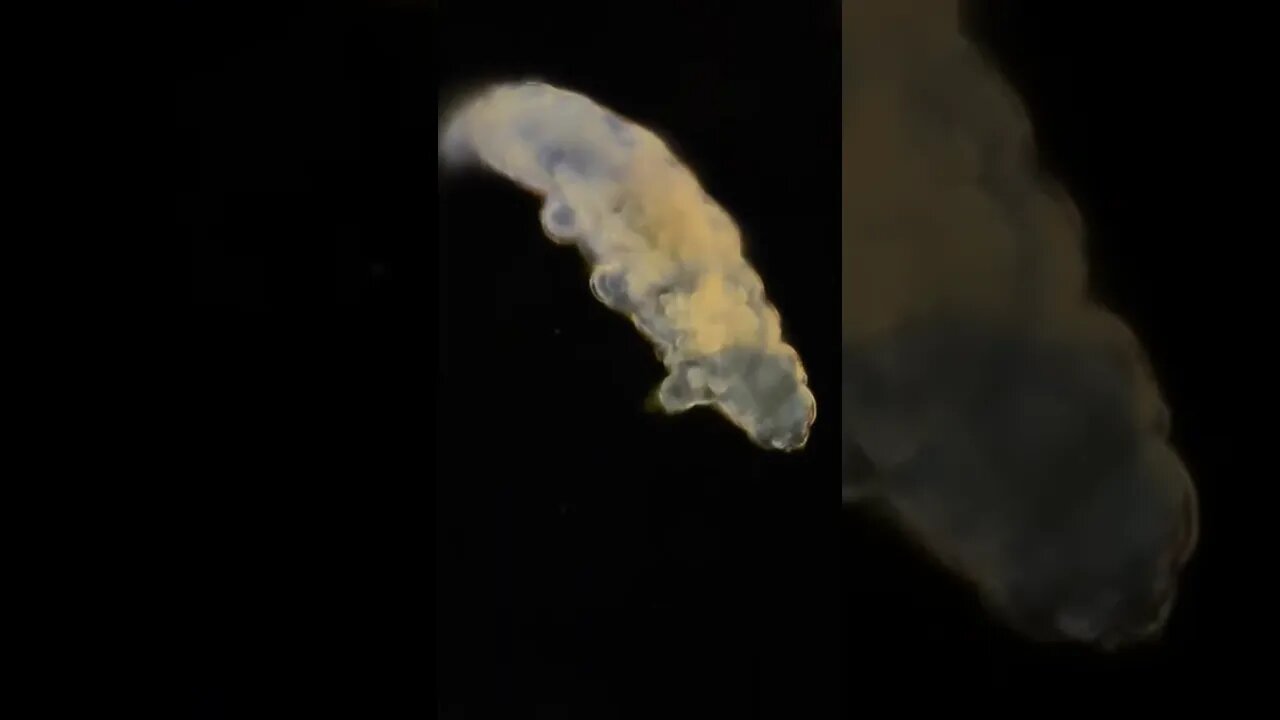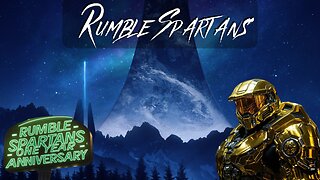Premium Only Content

Tardigrades and Glowing Squid float into a station.. - Quick Science News (Shorts, NASA ,ISS ,Space)
Source : https://edition.cnn.com/2021/05/26/world/iss-tardigrade-squid-experiments-scn-trnd/index.html
video : https://www.youtube.com/watch?v=c5knuyWt7O4
Some quick Science based news. I am not a journalist just a guy sharing science and tech news I find interesting.
#Shorts #Valve #Tech
Want to support Channel?
-----------------------------
Leaving a Tip : https://www.paypal.me/agrosquerril
Buying me a coffee : https://ko-fi.com/agrosquerrilnarrates
Becoming a Patreon : https://www.patreon.com/agrosquerrils
MERCH Store : https://teespring.com/stores/asn-3
-----Socials-----
Email : Agrosquerrils@gmail.com
Twitter : https://twitter.com/agrosquerrils
Streamlabs : https://streamlabs.com/agrosquerrils
Discord : https://discord.gg/XeMwEqX
Instagram : Agro_Squerril_Narrates
Lbry : @AgroSquerrilNarrates
--------------
What is a tardigrade?
---------
Also known as moss piglets.
Tardigrades (/ˈtɑːrdɪɡreɪd/), known colloquially as water bears or moss piglets,[1][2][3][4] are a phylum of eight-legged segmented micro-animals.[1][5] They were first described by the German zoologist Johann August Ephraim Goeze in 1773, who called them little water bears. In 1777, the Italian biologist Lazzaro Spallanzani named them Tardigrada /tɑːrˈdɪɡrədə/, which means "slow steppers".[6]
They have been found everywhere in Earth's biosphere, from mountaintops to the deep sea and mud volcanoes,[7] and from tropical rainforests to the Antarctic.[8] Tardigrades are among the most resilient animals known,[9][10] with individual species able to survive extreme conditions—such as exposure to extreme temperatures, extreme pressures (both high and low), air deprivation, radiation, dehydration, and starvation—that would quickly kill most other known forms of life.[11] Tardigrades have survived exposure to outer space.[12][13] There are about 1,300 known species[14] in the phylum Tardigrada, a part of the superphylum Ecdysozoa consisting of animals that grow by ecdysis such as arthropods and nematodes. The earliest known true members of the group are known from Cretaceous (145 to 66 million years ago) amber, found in North America, but are essentially modern forms, and therefore likely have a significantly earlier origin, as they diverged from their closest relatives in the Cambrian, over 500 million years ago.
Tardigrades are usually about 0.5 mm (0.02 in) long when fully grown.[1] They are short and plump, with four pairs of legs, each ending in claws (usually four to eight) or suction disks.[1][15] Tardigrades are prevalent in mosses and lichens and feed on plant cells, algae, and small invertebrates. When collected, they may be viewed under a low-power microscope, making them accessible to students and amateur scientists.[16]
---------
From Wikipedia
What is the ISS?
--------
The International Space Station (ISS) is a modular space station (habitable artificial satellite) in low Earth orbit. It is a multinational collaborative project involving five participating space agencies: NASA (United States), Roscosmos (Russia), JAXA (Japan), ESA (Europe), and CSA (Canada).[7][8] The ownership and use of the space station is established by intergovernmental treaties and agreements.[9] The station serves as a microgravity and space environment research laboratory in which scientific research is conducted in astrobiology, astronomy, meteorology, physics, and other fields.[10][11][12] The ISS is suited for testing the spacecraft systems and equipment required for possible future long-duration missions to the Moon and Mars.[13]
The ISS programme evolved from the Space Station Freedom, an American proposal which was conceived in 1984 to construct a permanently manned Earth-orbiting station,[14] and the contemporaneous Soviet/Russian Mir-2 proposal with similar aims. The ISS is the ninth space station to be inhabited by crews, following the Soviet and later Russian Salyut, Almaz, and Mir stations and the U.S. Skylab. It is the largest artificial object in space and the largest satellite in low Earth orbit, regularly visible to the naked eye from Earth's surface.[15][16] It maintains an orbit with an average altitude of 400 kilometres (250 mi) by means of reboost manoeuvres using the engines of the Zvezda Service Module or visiting spacecraft.[17] The ISS circles the Earth in roughly 93 minutes, completing 15.5 orbits per day.[18]
--------
From Wikipedia
-
 16:23
16:23
Agro Squerril Narrates
1 year ago $0.29 earnedKilroy was Here | 2236 | Best of HFY | Humans are Space orcs
1.59K -
 1:35:28
1:35:28
BlackDiamondGunsandGear
11 hours agoThe TRUMP SLUMP?
33.2K6 -
 3:13:59
3:13:59
SilverFox
5 hours ago🔴LIVE - OBLIVION IS BETTER THAN SKYRIM NOW
31.5K1 -
 DVR
DVR
SpartakusLIVE
9 hours agoDuos w/ StevieT || Trios or Quads Later?!
27K1 -
 7:19:12
7:19:12
OhHiMark1776
10 hours ago🟢04-27-25 ||||| Halo Multiplayer Rumble: No. 13 ||||| Halo MCC (2019)
82.7K -
 2:12:28
2:12:28
TheSaltyCracker
7 hours agoThey Killed Her ReeEEEe Stream 04-27-25
152K314 -
 2:33:51
2:33:51
vivafrei
18 hours agoEp. 261: Criminal Judges ARRESTED! Election in Canada! Santos Sentenced! RFK Jr. & Autism & MORE!
192K132 -
 6:24:31
6:24:31
Amish Zaku
10 hours agoRumble Spartans "The One Year" Event
48.7K1 -
 7:28:41
7:28:41
Illyes Jr Gaming
8 hours agoLaid Back Sunday Night Warzone Stream!
20.8K -
 1:51:18
1:51:18
Nerdrotic
10 hours ago $7.28 earnedDiscoveries From Graham Hancock's "Fight for the Past" | Forbidden Frontier 099
50.2K12